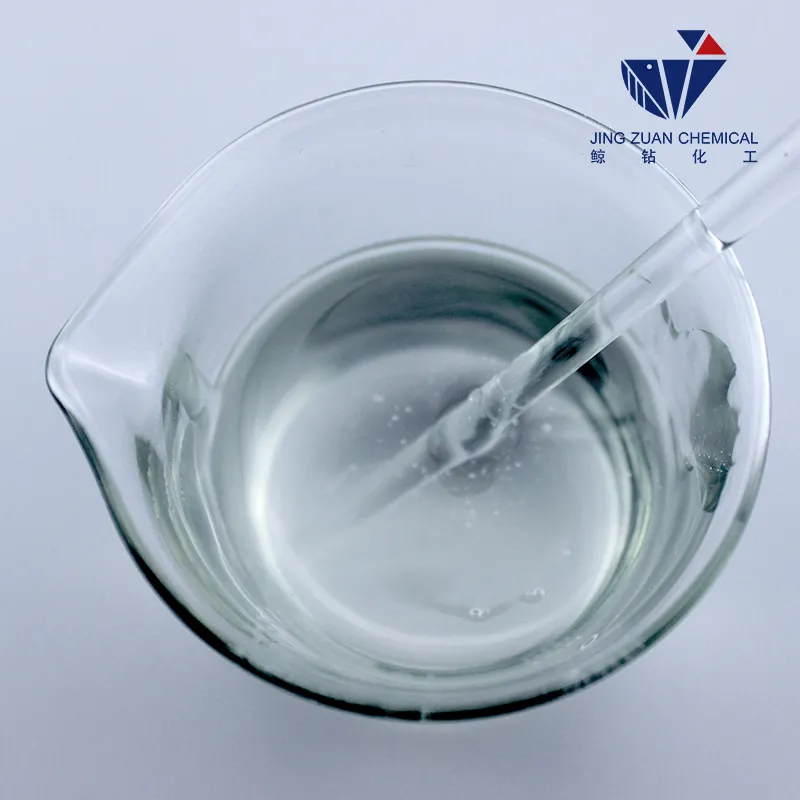
Каст . 17, 2024 10:58 Back to list
Exploring Glass Transition Temperature in HPMC and Its Implications for Material Properties
Understanding HPMC Glass Transition Temperature Insights and Implications
Hydroxypropyl methylcellulose (HPMC) is a water-soluble polymer derived from cellulose, widely used in various industries, including pharmaceuticals, food, cosmetics, and construction. One of the critical parameters defining the performance and stability of HPMC in its applications is its glass transition temperature (Tg). This article delves into the significance of HPMC's glass transition temperature, factors influencing it, and implications for its practical applications.
What is Glass Transition Temperature?
Glass transition temperature is a crucial thermal property that refers to the temperature range at which an amorphous material transitions from a hard and relatively brittle glassy state to a more flexible and rubbery state. For polymers like HPMC, Tg indicates the point at which molecular mobility increases significantly, impacting the polymer's physical properties, such as viscosity, mechanical strength, and solubility.
Importance of Tg in HPMC Applications
In the pharmaceutical industry, HPMC serves as a binder in tablet formulations and a coating agent for controlled-release drugs. The Tg of HPMC plays a pivotal role in determining the release rate of the drug. A polymer with a higher Tg remains rigid at body temperature, leading to slower drug release, while a lower Tg allows for increased flexibility, facilitating faster drug release. Thus, understanding and controlling the Tg of HPMC can enhance the efficacy and reliability of pharmaceutical formulations.
Similarly, in the food industry, HPMC acts as a thickening agent and stabilizer. Its Tg directly influences the texture and mouthfeel of food products. For instance, in low-fat or fat-free products, a desirable Tg ensures the right consistency and palatability, impacting consumer acceptance. Therefore, manipulating the Tg of HPMC can optimize food formulations to meet market demands.
Factors Influencing the Tg of HPMC
The Tg of HPMC is affected by several factors, including molecular weight, degree of substitution, and environmental conditions.
hpmc glass transition temperature

1. Molecular Weight Higher molecular weight HPMC tends to exhibit a higher Tg due to the increased entanglement of polymer chains, which restricts molecular mobility. Conversely, lower molecular weight HPMC may have a lower Tg, allowing for greater flexibility and easier processing.
2. Degree of Substitution The degree of hydroxypropyl and methyl substitution affects the polymer's hydrophilicity and, in turn, its glass transition temperature. Variations in the substitution levels can alter the intermolecular interactions, thus influencing Tg.
3. Humidity and Temperature Environmental conditions play a crucial role in determining Tg. HPMC is hygroscopic, meaning it absorbs moisture from the environment. Increased humidity can lower the Tg by promoting plasticization, where water molecules interfere with the polymer's intermolecular forces, enhancing chain mobility.
Implications for the Future
Understanding HPMC's Tg is not only vital for current applications but also for future innovations. As demand for tailored pharmaceutical and food products rises, the ability to manipulate Tg will become increasingly important. Researchers are exploring additives and plasticizers that can modify Tg, aiming to enhance the performance of HPMC in various applications.
Moreover, as the sustainability trend continues to influence industrial practices, creating HPMC products with optimized Tg using greener methods will be a crucial focus. This may involve developing bio-based additives or leveraging environmentally friendly processing techniques to adjust thermal properties without compromising performance.
Conclusion
In conclusion, the glass transition temperature of HPMC is a fundamental characteristic that influences its behavior and effectiveness across various industries. By comprehensively understanding the factors that affect Tg and its implications, researchers and manufacturers can harness HPMC's full potential to develop innovative products that meet the needs of consumers while adhering to sustainability goals.
-
Versatile Hpmc Uses in Different Industries
NewsJun.19,2025
-
Redispersible Powder's Role in Enhancing Durability of Construction Products
NewsJun.19,2025
-
Hydroxyethyl Cellulose Applications Driving Green Industrial Processes
NewsJun.19,2025
-
Exploring Different Redispersible Polymer Powder
NewsJun.19,2025
-
Choosing the Right Mortar Bonding Agent
NewsJun.19,2025
-
Applications and Significance of China Hpmc in Modern Industries
NewsJun.19,2025







